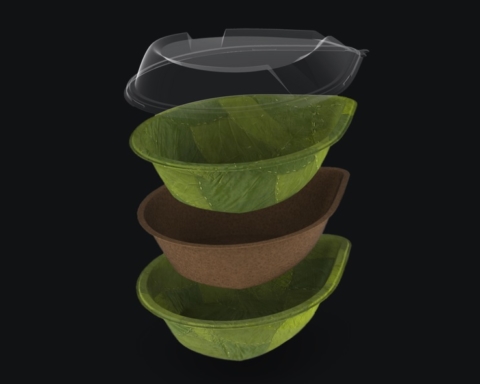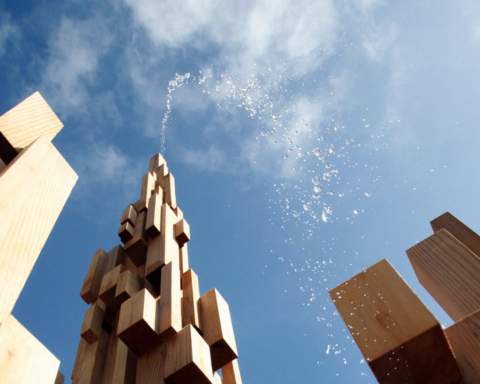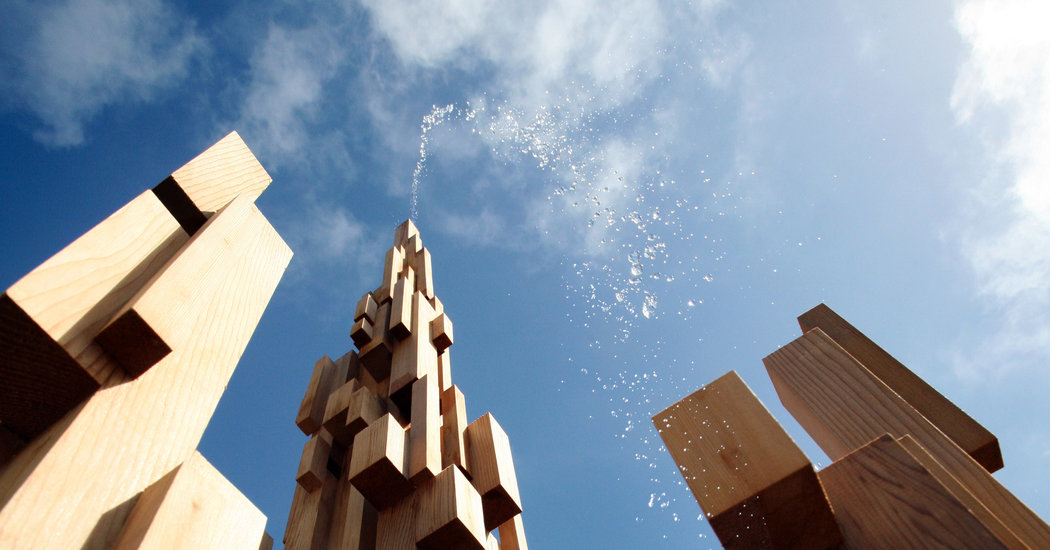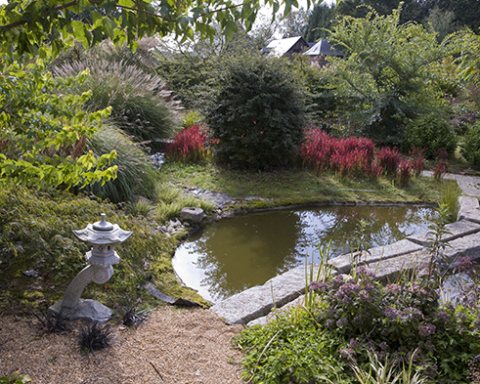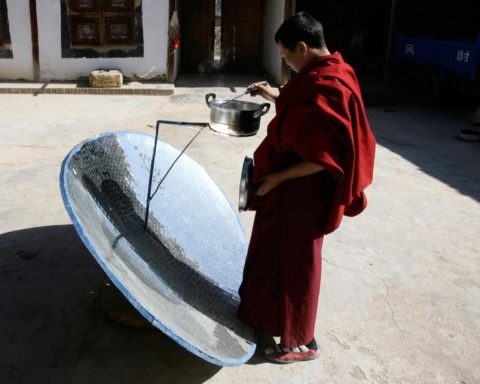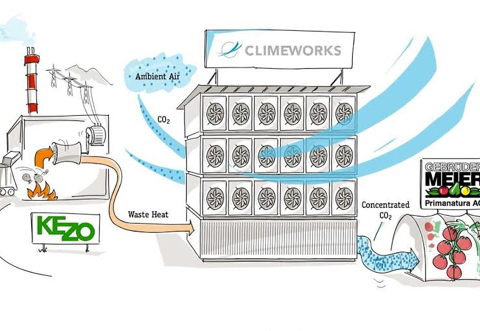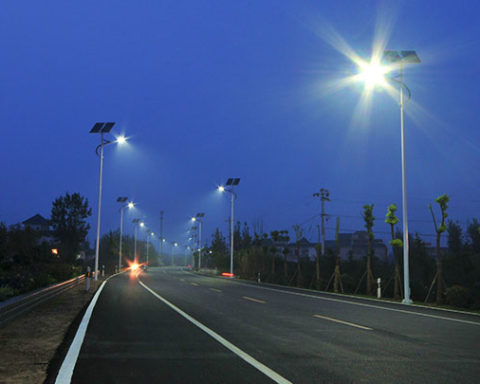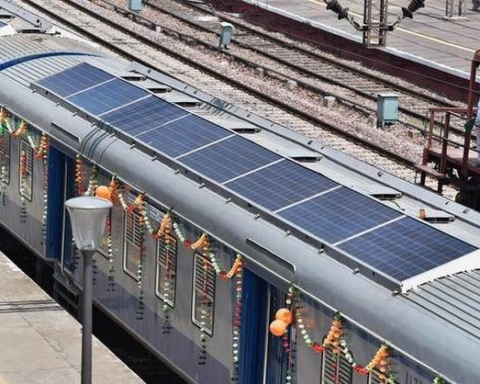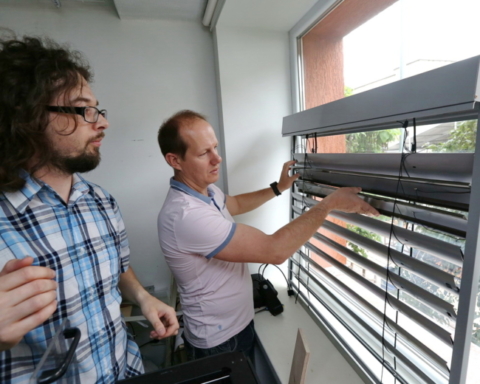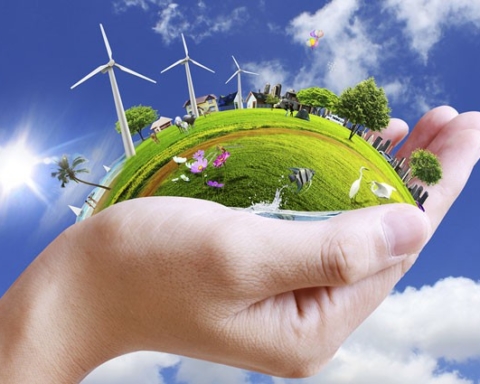Developed under the auspices of the Dutch artist Ap Verheggen, SunGlacier DC01 is currently exhibited in a museum in The Hague. Its principle: condense the moisture in the air to turn it into drinking water. (Article from Lara Charmeil in We Demain, July 28, 2016)In the patio of the Beelden aan Zee museum, The Hague (Netherlands) a red cedar sculpture of 2.5 meters high is placed. If it does not necessarily attract the eye of the visitor, it is different when it wakes up. Every twenty minutes, when the sun shines and once an hour when the sky is cloudy, it splashes the assistance of a water jet.
Its function is to provide an alternative to the use of fossil fuels for the production of drinking water
The sculpture called SunGlacier DC01 was designed by the Dutch artist Ap Verheggen. It has in its base a small metal box housing a condenser, which operates through solar panels placed around the sculpture.
Beyond aesthetics, its function is to provide an alternative to the use of fossil fuels for the production of drinking water at a time when, according to the WHO, 3.5 billion humans still have inadequate access to water. All thanks to a process that uses solar energy to condense the moisture in the air. The latter freezes and then thaws slowly and passes through a filter and the result is regularly expelled from the sculpture.
To achieve this result, Ap Verheggen worked for four years at the head of a team of experts in a cooling methods firm; SunGlacier. Together they have developed a device that works well in the Netherlands but will work even better in a desert environment, according to the artist. In these hot zones, subtropical or tropical, solar energy can be more easily exploited and heat accelerates the process of condensation.
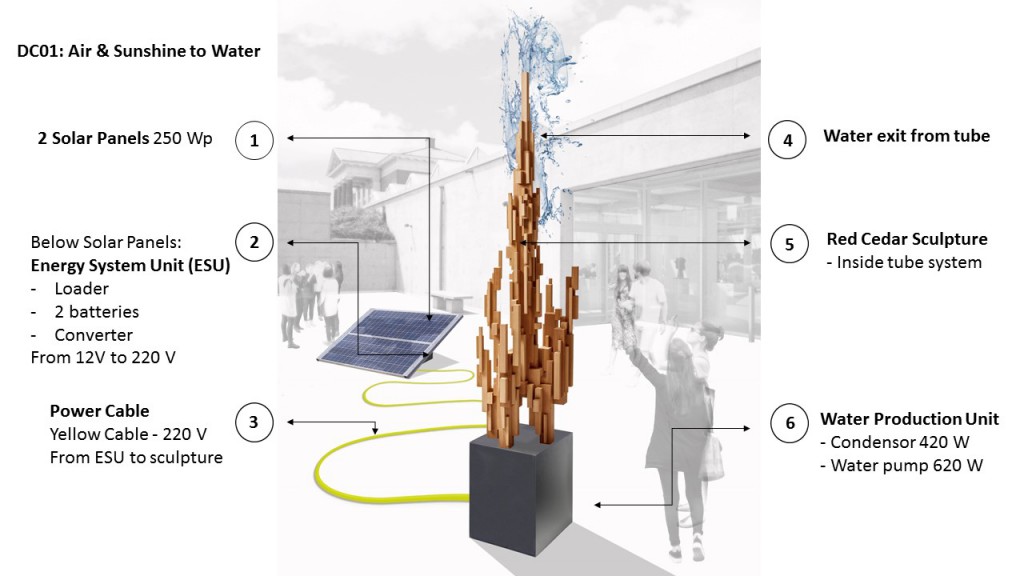 When asked by the New York Times, Ap Verheggen explains that the most important factor to operate the device is “the amount of water in the air” because the higher the temperature, the higher the air holds water before it starts to rain. In other words, the hotter it gets, the more SunGlacier DC1 can draw water directly from the air.
When asked by the New York Times, Ap Verheggen explains that the most important factor to operate the device is “the amount of water in the air” because the higher the temperature, the higher the air holds water before it starts to rain. In other words, the hotter it gets, the more SunGlacier DC1 can draw water directly from the air.
SunGlacier DC01 produces only a cup of water for each cycle, but the artist sees it as a source of inspiration for researchers and scientists worldwide. “Ap Verheggen believes that we are able to adapt to the consequences of climate change,” confirms Naomi Timmer an employee of SunGlacier to We Demain.
Driven by the popularity of SunGlacier DC01 exhibition at the museum in The Hague, they managed to create a device capable of producing even more water: the ‘Watercube’.
With this cube in water, the team around the artist hopes to have created a first prototype replicable on a larger scale. The machine, which requires minimal maintenance, is “easy to build” and “clean”. They hope this invention will allow them to raise the necessary funds to launch many more.



